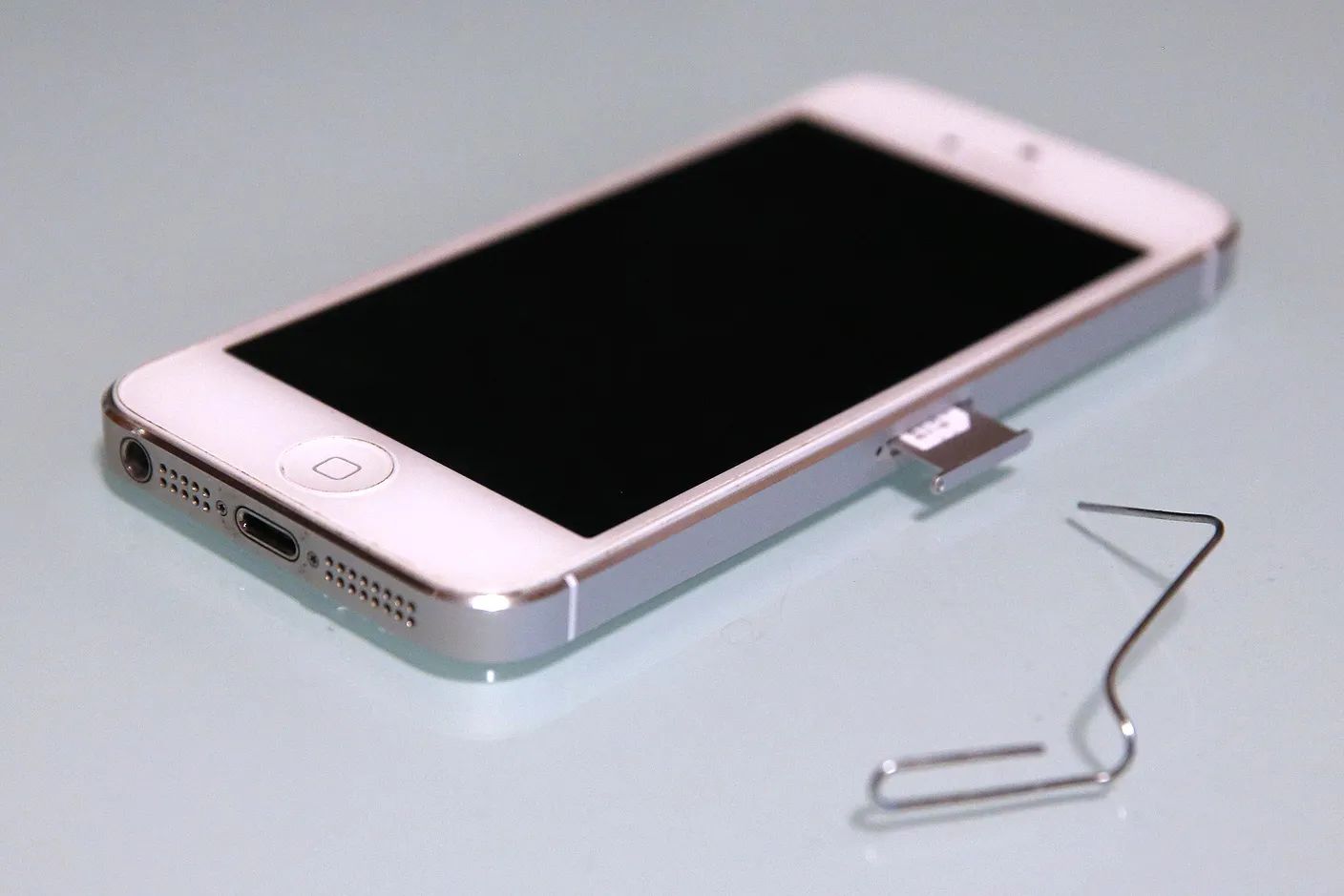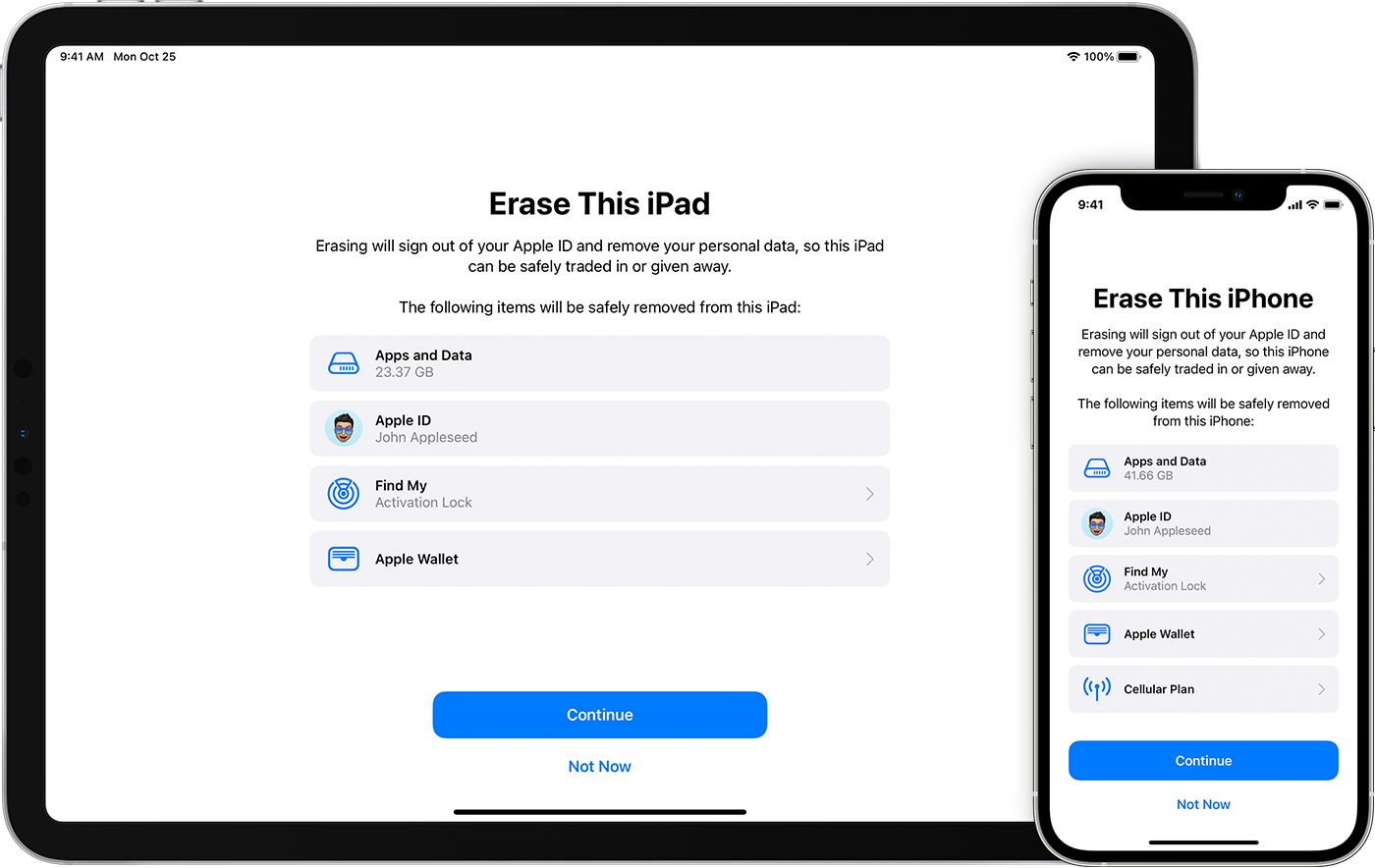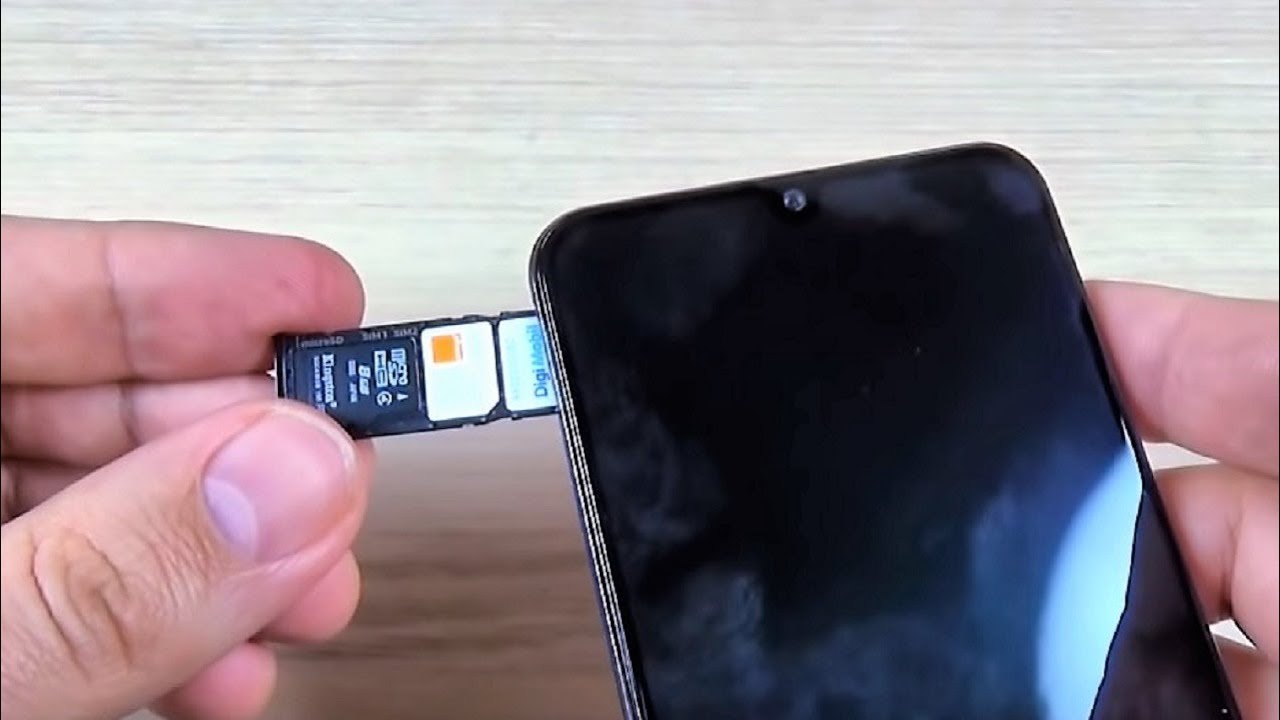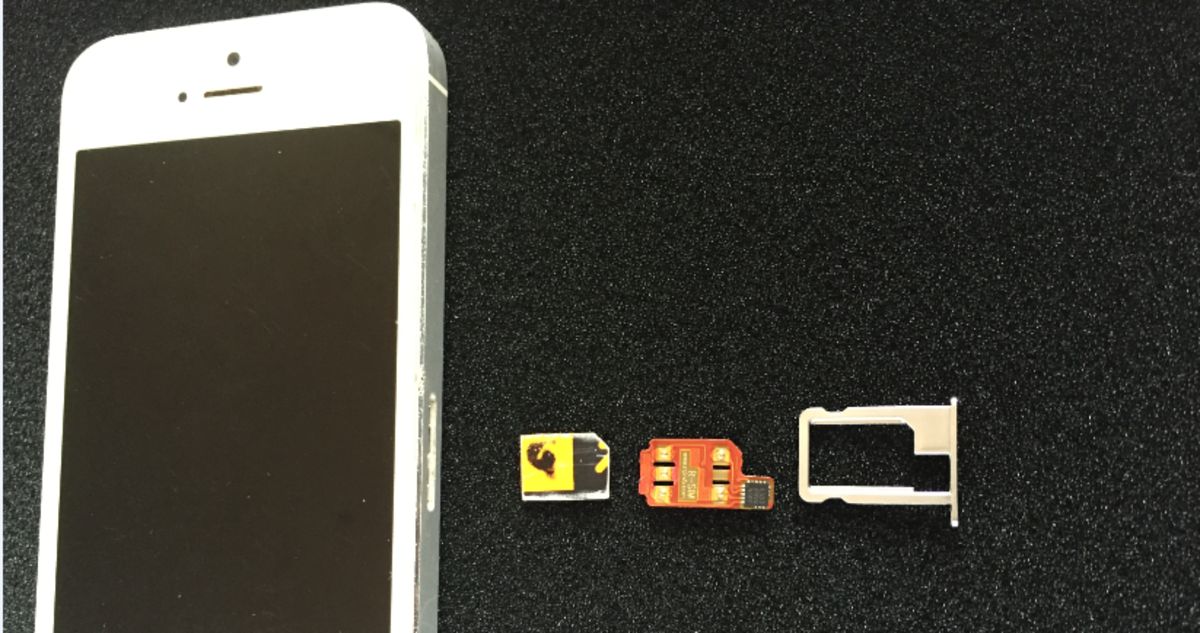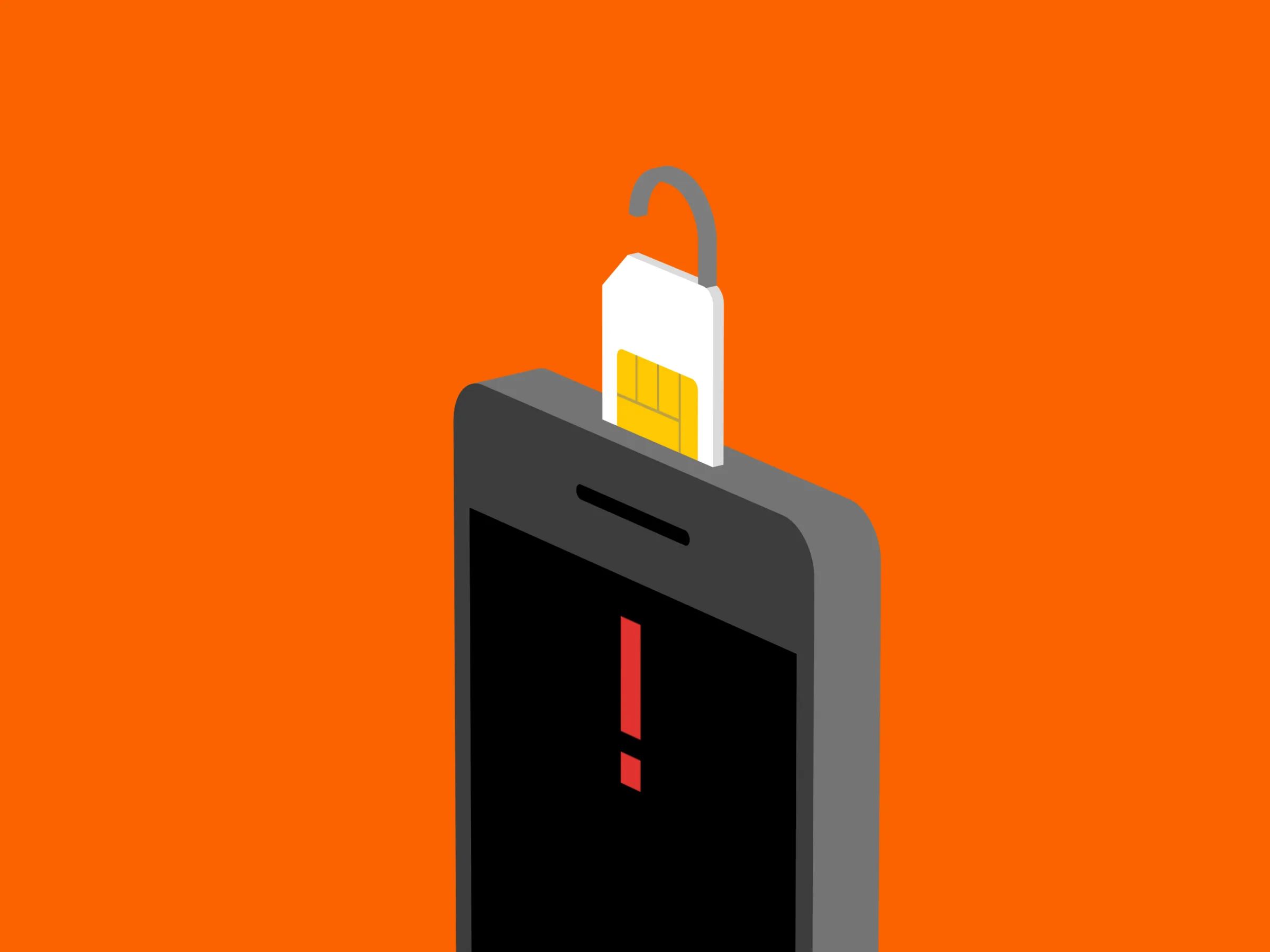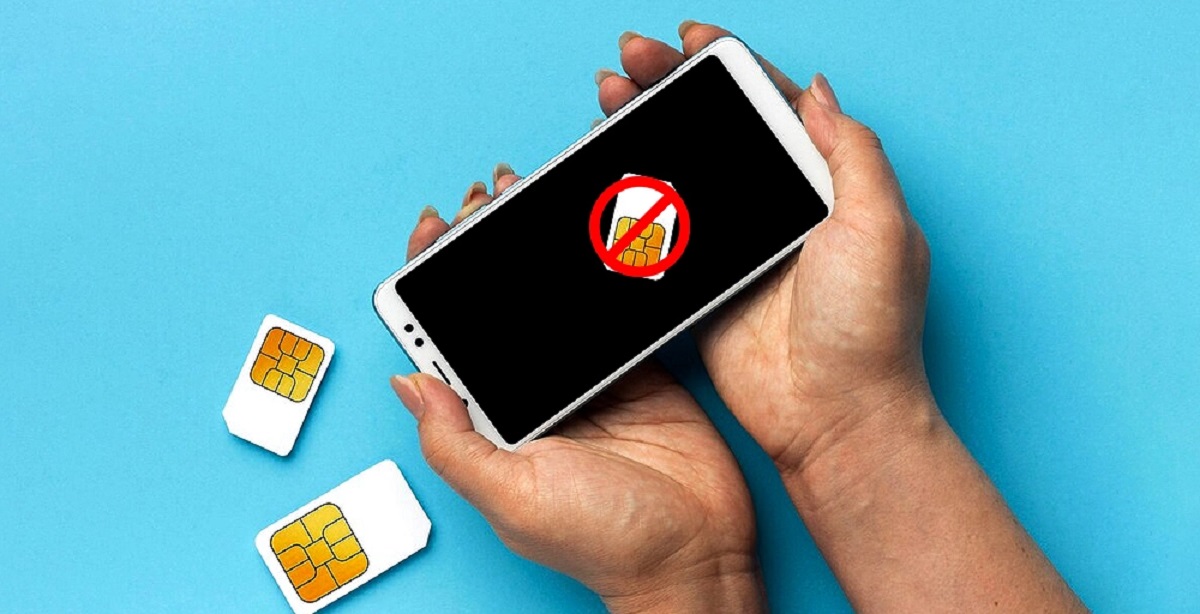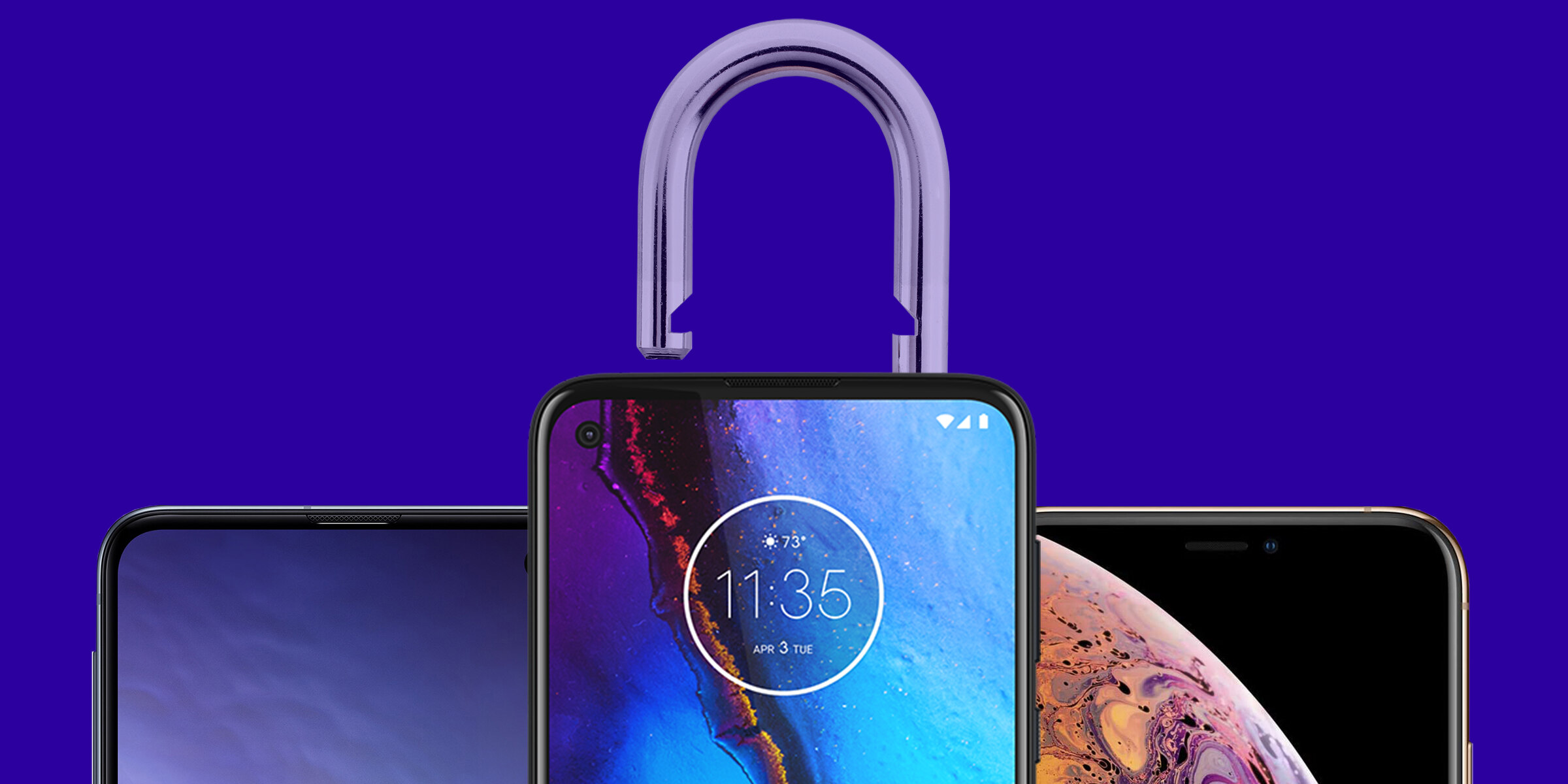Introduction
When it comes to upgrading to a new iPhone, trading in your old device is a common practice. It not only offers a convenient way to part ways with your previous model but also provides a financial incentive to put towards the latest and greatest technology. However, amidst the excitement of acquiring a new iPhone, it's essential to consider the fate of the SIM card nestled within your old device.
The SIM card, a small but pivotal component of your iPhone, holds a wealth of personal data and connectivity information. As you prepare to trade in your iPhone, understanding the significance of the SIM card and its role in the process is crucial. From safeguarding your sensitive information to ensuring a smooth transition to your new device, the fate of the SIM card is an aspect that should not be overlooked.
In this comprehensive guide, we will delve into the intricacies of the SIM card and its significance when trading in your iPhone. You'll gain insights into whether or not you need to remove the SIM card before parting ways with your device, what happens to the SIM card during the trade-in process, and how to properly remove the SIM card from your iPhone. By the end of this article, you'll be well-equipped with the knowledge to navigate the trade-in process with confidence and peace of mind regarding your SIM card's fate. Let's embark on this enlightening journey to unravel the mysteries surrounding the SIM card when trading in your iPhone.
What is a SIM Card?
A SIM card, short for Subscriber Identity Module, is a small, removable card that is an integral part of mobile devices, including iPhones. It serves as a link between the device and the mobile network, enabling users to make calls, send text messages, and access mobile data services. The SIM card contains unique information that identifies the user to the mobile network, allowing for seamless connectivity and communication.
Physically, a SIM card is a tiny, thumbnail-sized chip that is inserted into a slot in the iPhone. It stores crucial data, including the International Mobile Subscriber Identity (IMSI), which is a unique identifier for each subscriber. Additionally, the SIM card holds the Integrated Circuit Card Identifier (ICCID), a unique serial number used to identify the SIM card itself.
One of the most significant functions of a SIM card is to store the subscriber's phone number and other essential information, such as contacts and text messages. This data enables users to switch devices while retaining their mobile identity and personal contacts.
Moreover, SIM cards also play a vital role in ensuring the security of mobile communications. They authenticate the user's identity to the network, preventing unauthorized access and safeguarding the user's privacy and sensitive information.
In essence, a SIM card serves as a gateway to the mobile network, facilitating seamless communication and providing a secure means of identifying and authenticating subscribers. Its compact size belies its essential role in enabling the functionality and connectivity of mobile devices, making it a fundamental component of the iPhone and other mobile devices.
Do I Need to Remove the SIM Card Before Trading In My iPhone?
Before parting ways with your beloved iPhone and proceeding with a trade-in, the question of whether to remove the SIM card may arise. The answer to this query depends on various factors, including the trade-in method, the condition of the device, and your personal preferences.
If you are trading in your iPhone through a reputable and established trade-in program, such as those offered by Apple or major mobile carriers, it is generally not necessary to remove the SIM card. These programs are designed to handle the trade-in process comprehensively, ensuring that all sensitive data, including that stored on the SIM card, is securely handled and erased.
However, if you are opting for a private sale or using a lesser-known trade-in service, it is advisable to remove the SIM card before relinquishing your iPhone. This precautionary measure helps to safeguard your personal information and prevent any potential misuse of the SIM card's data.
Furthermore, the condition of your iPhone may influence the decision to remove the SIM card. If your device is in non-functional or damaged condition, removing the SIM card becomes crucial, as it allows you to retain control over the data stored on the card. In such cases, the SIM card can be a valuable asset, potentially containing important contacts, messages, and other data that you may want to retain or securely dispose of.
On the other hand, if your iPhone is in good working condition and you are trading it in through a reputable program, leaving the SIM card in place can streamline the trade-in process. It ensures that the device remains fully functional and ready for immediate use by the next owner, without the need for them to procure a new SIM card.
Ultimately, the decision to remove the SIM card before trading in your iPhone is influenced by the trade-in method, the device's condition, and your personal data security preferences. Understanding these factors empowers you to make an informed choice that aligns with your specific circumstances and ensures a smooth and secure transition for your iPhone and its SIM card.
What Happens to the SIM Card When I Trade In My iPhone?
When you trade in your iPhone, the fate of the SIM card is a pertinent aspect that warrants consideration. The handling of the SIM card during the trade-in process is pivotal, as it directly impacts the security of your personal data and the usability of the device for its next owner.
Reputable trade-in programs, including those offered by Apple and major mobile carriers, have established protocols for handling SIM cards. Upon receiving a traded-in iPhone, these programs meticulously erase all data from the device, including the contents of the SIM card. This comprehensive data wiping process ensures that your personal information, contacts, and any other data stored on the SIM card are securely removed, mitigating the risk of unauthorized access or misuse.
In addition to data erasure, some trade-in programs may physically destroy the SIM card to prevent any potential retrieval of data. This proactive measure further reinforces the protection of your sensitive information, assuring you that the SIM card's contents are rendered irretrievable and unusable.
Moreover, in cases where the traded-in iPhone is refurbished and resold, the SIM card is typically replaced with a new one. This practice ensures that the refurbished device is ready for immediate use by the next owner, without any remnants of the previous user's data or connectivity information. By providing a new SIM card, the device maintains its functionality and is primed for seamless activation on the mobile network.
For trade-in programs that handle the refurbishment and resale of traded-in devices, the SIM card's fate aligns with stringent data privacy and security standards. The careful handling and disposal of SIM cards are integral to upholding these standards, safeguarding the privacy and security of both the previous and future owners of the devices.
In essence, when you trade in your iPhone, the SIM card undergoes a meticulous process that prioritizes data security and the seamless transition of the device to its next user. Whether through data erasure, physical destruction, or replacement with a new SIM card, the fate of the SIM card is intricately woven into the trade-in process, ensuring that your personal data remains protected and the device remains ready for its next chapter in the hands of a new owner.
How to Remove the SIM Card from Your iPhone
Removing the SIM card from your iPhone is a simple yet crucial task, especially when preparing to trade in your device or transfer it to a new owner. Follow these step-by-step instructions to safely and effectively remove the SIM card from your iPhone:
-
Locate the SIM Card Tray: Depending on your iPhone model, the SIM card tray may be located on the right side or the top edge of the device. Look for a small pinhole or a tiny slot that indicates the presence of the SIM card tray.
-
Insert the Ejection Tool: Use the SIM card ejection tool that came with your iPhone or a small paperclip. Gently insert the tool into the pinhole or slot, applying slight pressure until the SIM card tray partially ejects from the device.
-
Remove the SIM Card Tray: Once the SIM card tray is partially ejected, carefully pull it out of the device using your fingers. The SIM card will be nestled within the tray, secured in a designated slot.
-
Retrieve the SIM Card: With the SIM card tray removed, gently tip it to release the SIM card. Handle the SIM card with care to avoid damaging it or causing any bending or warping of the delicate chip.
-
Inspect and Store the SIM Card: Take a moment to inspect the SIM card for any visible damage or debris. If the SIM card appears to be in good condition, store it in a safe place, such as a SIM card holder or the original packaging, to prevent loss or damage.
By following these steps, you can safely remove the SIM card from your iPhone, ensuring that it is preserved for potential future use or securely disposed of, depending on your specific needs. This process also prepares your iPhone for trade-in or transfer, allowing for a seamless transition to its next owner without the SIM card's presence.
Remember, the SIM card contains valuable data and is a crucial component of your mobile connectivity. Handling it with care and attention during the removal process is essential to maintaining its integrity and ensuring a smooth transition for your iPhone.
Conclusion
In conclusion, the fate of the SIM card when trading in your iPhone is a multifaceted aspect that intertwines data security, device functionality, and user convenience. As you navigate the process of parting ways with your old iPhone, it is essential to consider the significance of the SIM card and its role in safeguarding your personal data while ensuring a seamless transition for the device's next user.
Whether to remove the SIM card before trading in your iPhone hinges on various factors, including the trade-in method, the device's condition, and your data security preferences. Understanding these factors empowers you to make an informed decision that aligns with your specific circumstances, ensuring that your personal information remains protected throughout the trade-in process.
When you trade in your iPhone through reputable programs, such as those offered by Apple or major mobile carriers, the handling of the SIM card is meticulously managed to prioritize data security and user privacy. From comprehensive data erasure to the potential physical destruction or replacement of the SIM card, these programs adhere to stringent standards to safeguard your sensitive information and prepare the device for its next chapter in the hands of a new owner.
Moreover, the process of removing the SIM card from your iPhone is a straightforward yet crucial step in preparing the device for trade-in or transfer. By following the step-by-step instructions to safely remove the SIM card, you can ensure that it is preserved for potential future use or securely disposed of, depending on your specific needs. This practice not only safeguards your personal data but also prepares the device for a seamless transition to its next owner, devoid of any remnants of your mobile identity.
In essence, the fate of the SIM card when trading in your iPhone underscores the intersection of data security, device functionality, and user empowerment. By understanding the intricacies of the SIM card's role and the trade-in process, you can confidently navigate the transition to a new iPhone, knowing that your personal data is protected and the device is primed for its next user's seamless experience.
As you embark on the journey of trading in your iPhone, may this guide serve as a beacon of insight, empowering you to navigate the process with confidence and peace of mind regarding the fate of the SIM card nestled within your beloved device.







